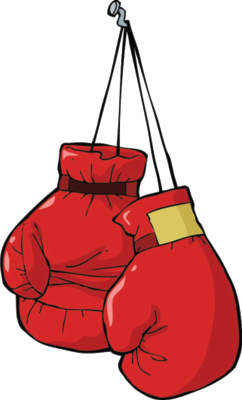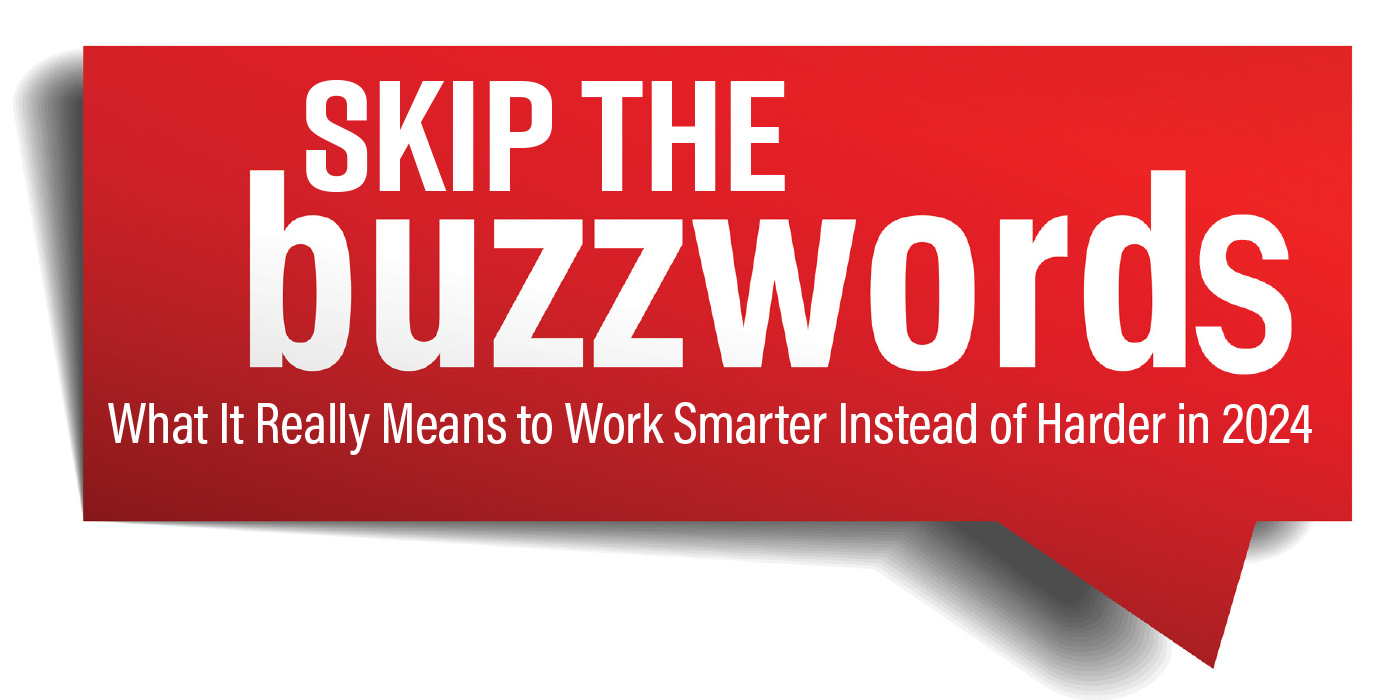Is your shop a hotbed of employee conflict? Even if we look only at generational differences, it’s not hard to see why employees can butt heads and morale can suffer. Millennials are replacing Gen Xers, who displaced the Baby Boomers before them. Each group grew up in a vastly different world, and each has their own ideas about work ethic, customer service and even taking direction from management.
Of course, generational differences aren’t the half of it. If we could overcome employee conflict and improve morale simply by holding a shop therapy session and walking a mile in another man’s (or woman’s) shoes, there would be no need for an article like this.

The problem isn’t just that shop therapy sessions don’t work. If that were the case, we could just change tactics, from role-playing to a different kind of classroom workshop. The problem is that we simply can’t cram employees into behavior models that predict how they will react in every situation.
The truth is, shops don’t need a therapist. They need great leadership.
Resolving employee conflict and improving morale is about digging deeper than the superficial feelings of anger, frustration or distrust, and actually addressing the cause of these problems. Understanding the struggles we all face is part of what defines a great leader.
But saying that shops need great leadership means that shops need a leader who will set down clear policies, follow those policies themselves and hold employees accountable for following them 100% of the time. Great leadership means providing an example of care, consideration and higher principles. Great leadership also means being consistent and requiring follow-through to create great results.
The Two Critical Faces of Leadership
A great leader must play two roles: the compassionate, understanding leader; and the strong leader who holds his or her team accountable for following policies and procedures. Being a great leader means acting like both General Patton and Gandhi.

If that seems like an impossible combination to you, you’re not alone. Many shop owners feel the same way.
One example is my own, when I started out at Keller Bros. Auto Repair in 1997. Employee conflict wasn’t simply about a generational divide or frustration between cliques. The disagreement was between a group of employees who wanted to follow the rules, and a group who didn’t. The latter were determined to squeeze down the shop and dominate the rule-followers. They were in it only for themselves.
Keller Bros. isn’t unique. It’s what happens in any shop when the frustrations and differences of opinion are allowed to fester and grow into an open wound.
For many, the first instinct is to take command. If you can control every element of what goes on in the shop, you can eliminate the chaos and conflict, and micromanage the outcome. And in a way, that instinct isn’t wrong. But, you’ll be trading your happiness and health for a shop that operates exactly like you want it to. The result will be increased profits and fewer employee disagreements, but in exchange for putting aside your life outside of work.
But the problems still won’t be fixed.
Any time you step away from the shop — to spend time with family, to relax or to work on your favorite hobby — things will quickly slide back to how they were. If things are only working because you’re forcing them to work, it’s not sustainable.
More than that, if you act like Patton 100% of the time, you limit how much your business can grow. Even after years and years of learned experience and training, most shop owners don’t have all of the knowledge they need. Controlling every aspect of the shop means every aspect of the shop can grow only as far as you know how.
At the end of the day, if you can’t hire people who are smarter or more skilled than you, you’ll never really succeed. That means you need to build a team that wants you to succeed, something that won’t happen if you’re leading like a dictator.

The truth is, shops don’t need a dictator any more than they need a therapist, which is why leadership is about striking a balance.
In our shop and through our training, we call this balance the “Two Critical Faces of Leadership.” One mask — the concerned, caring side of leadership — is what you wear when your team is doing what they need to do. In this role, your job is to make it absolutely clear that you’re happy with their performance.
The other mask — the drill instructor side of leadership — only comes out when things are broken. When employees aren’t following policies or procedures, your job is to make it absolutely clear that you’re unhappy with how they’re performing and how they can fix it.
There’s no other mask to wear in leadership. There’s no lukewarm, unfocused gray-area role to play.
The important takeaway here is that these are masks. If you naturally fall on the side of the spectrum where you prefer playing a caring, compassionate leader, you don’t have to change who you are. You just have to be willing to wear the mask and play the role of command-and-control leader when people are acting incorrectly. Your team needs to know how serious you are or they’ll never change.
The same goes for leaders who naturally fall on the drill instructor side of the spectrum. If your team doesn’t know when they’re performing well and never sees you happy and content — if they don’t see you wear the mask of a shop owner who is pleased with their performance — they won’t want to help you succeed.
If you’ve seen the movie Patton, you’ve seen what it means to wear one of these two masks of leadership. After General Patton has done something outrageous to motivate his troops, one of his staff officers says to him, “You know General, sometimes the men don’t know when you’re acting.”
Patton responds: “It’s not important for them to know. It’s only important for me to know.”
Being a great leader doesn’t mean changing who you are. It just means convincing your team.
A Measured Approach to Leadership
Left unsaid to this point, however, is how you can know what role to play and when. The truth is, unless you have reliable, daily production numbers, it’s hard to know who is following your policies and procedures, much less which of your two critical faces of leadership to show.
In other words, until you know where you shop stands, where the holes are, where your employees need to be trained, how to fix these problems and provide the necessary training, you can’t be an effective leader.
This is far from everything you need to be a great leader. Bedrock principles like chains of command, daily accountability meetings, setting appropriate targets and daily team building are fundamentals of both employee conflict resolution and great leadership.
But shops aren’t fixed by piecing together solutions. Downloading a chain of command resource from the Internet can help in resolving employee conflicts, but without good leadership to enforce a chain of command, it’s just another document in the employee handbook.
Similarly, if your staff is in turmoil because of cliques and divisions, the fix may include a shop therapy session, but the fix begins with the kind of leadership that provides clear expectations and accountability. The bottom line: resolving employee conflict starts with good shop measurement.
It may not be easy to hear (or read) that we have to learn to be great leaders before our shops can have great teams, but it’s the truth. Truly resolving employee conflicts and fixing morale issues doesn’t boil down to a policy or a procedure, but to great leadership. I know because I have the battle scars to prove it.
The good news is, the path to becoming a great leader is straightforward: measure, hold accountable, train, adjust and repeat.













